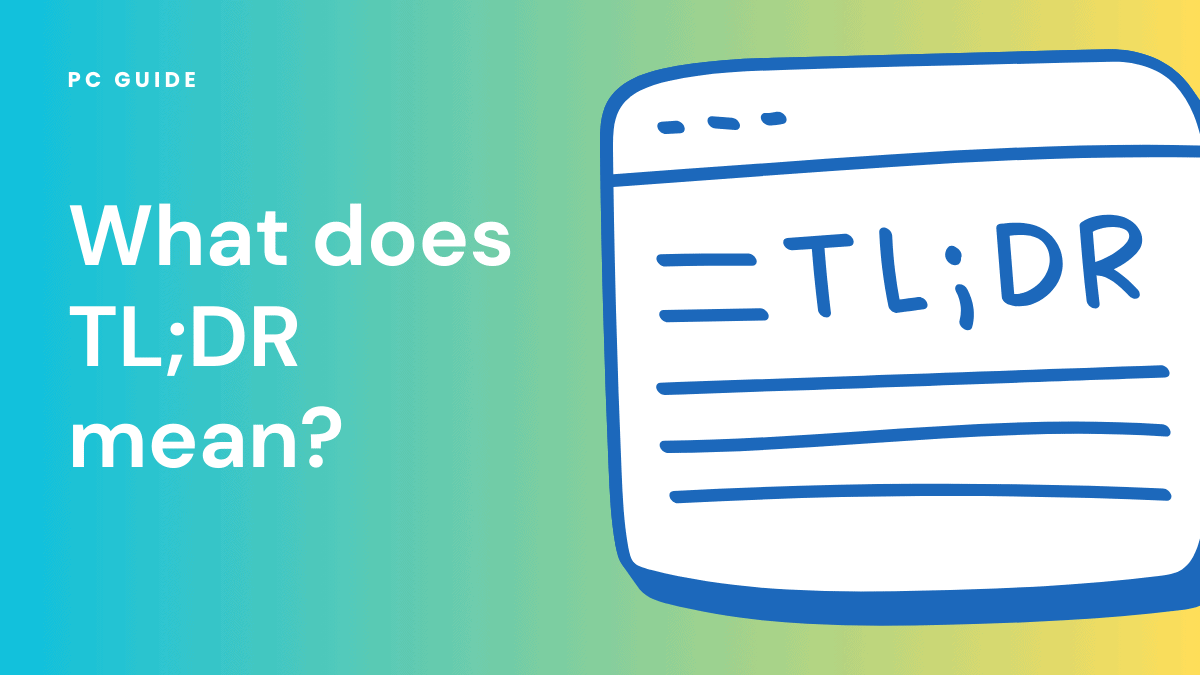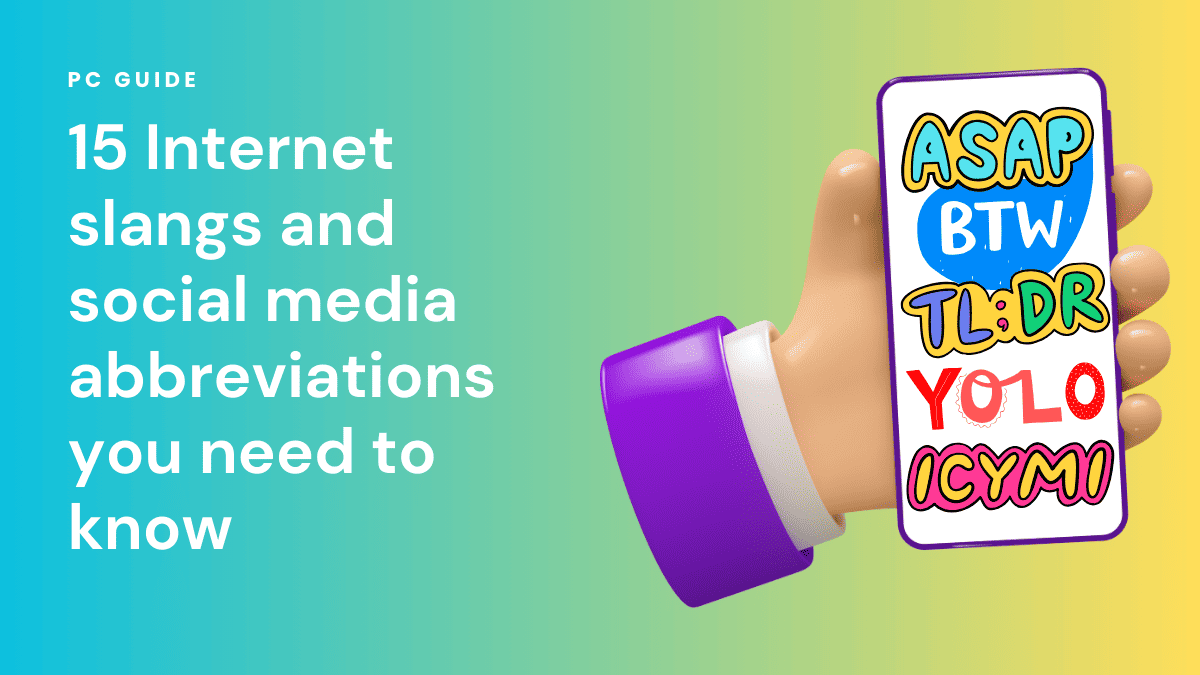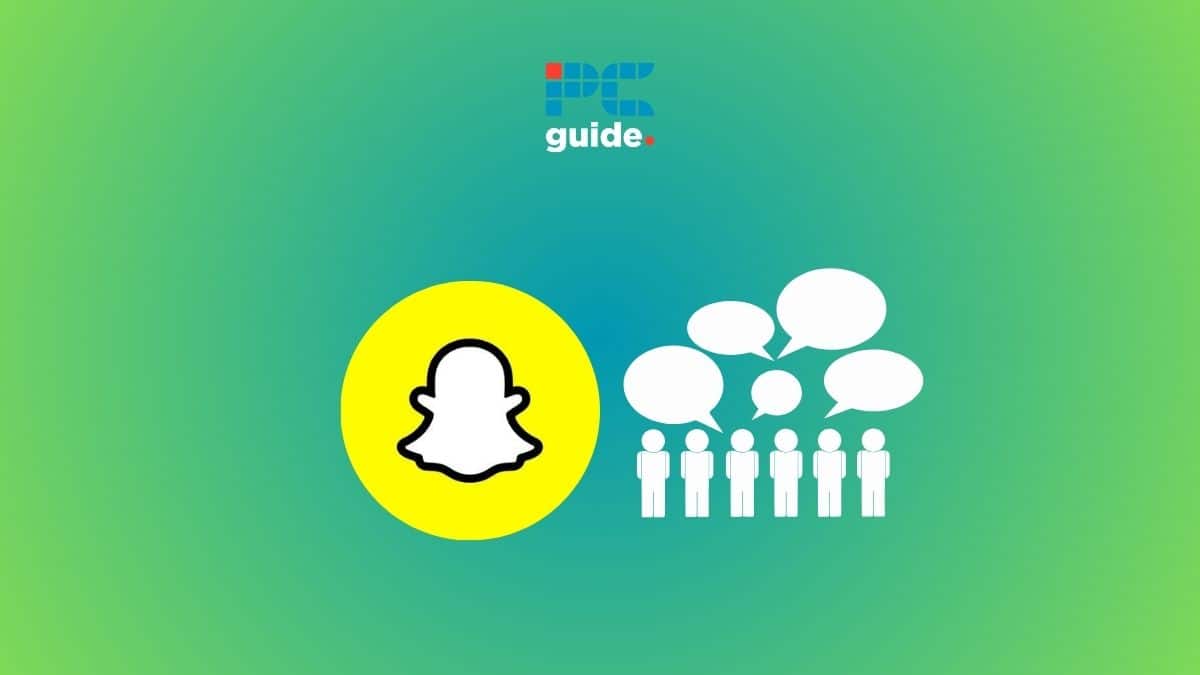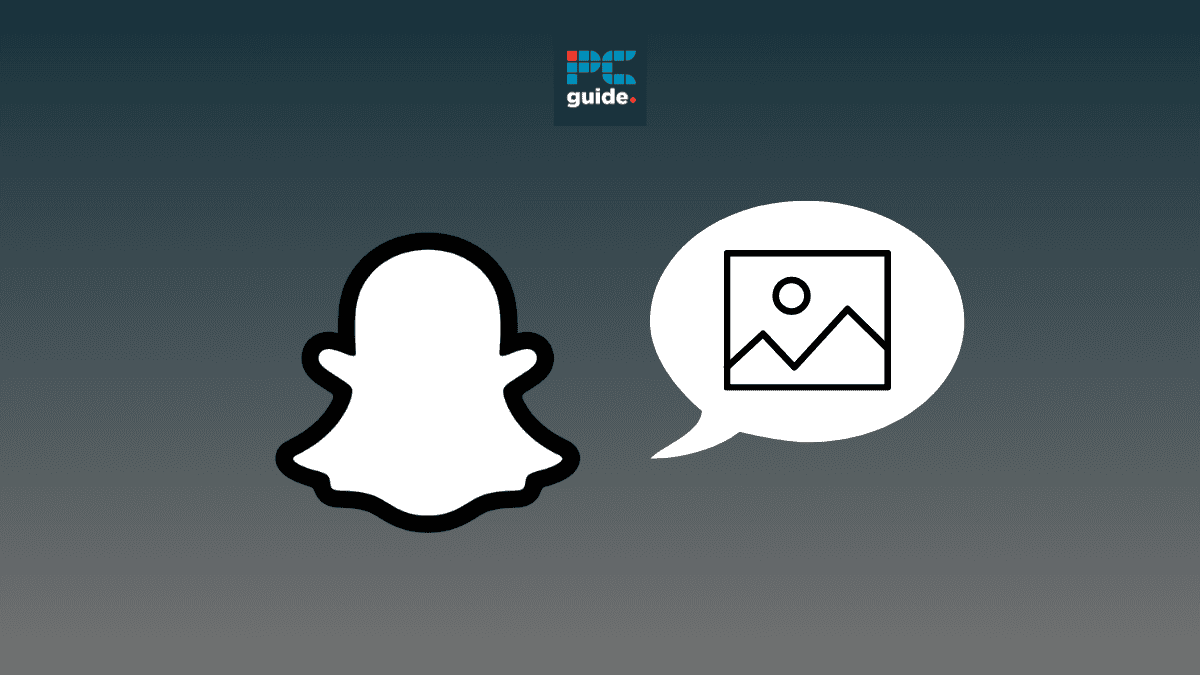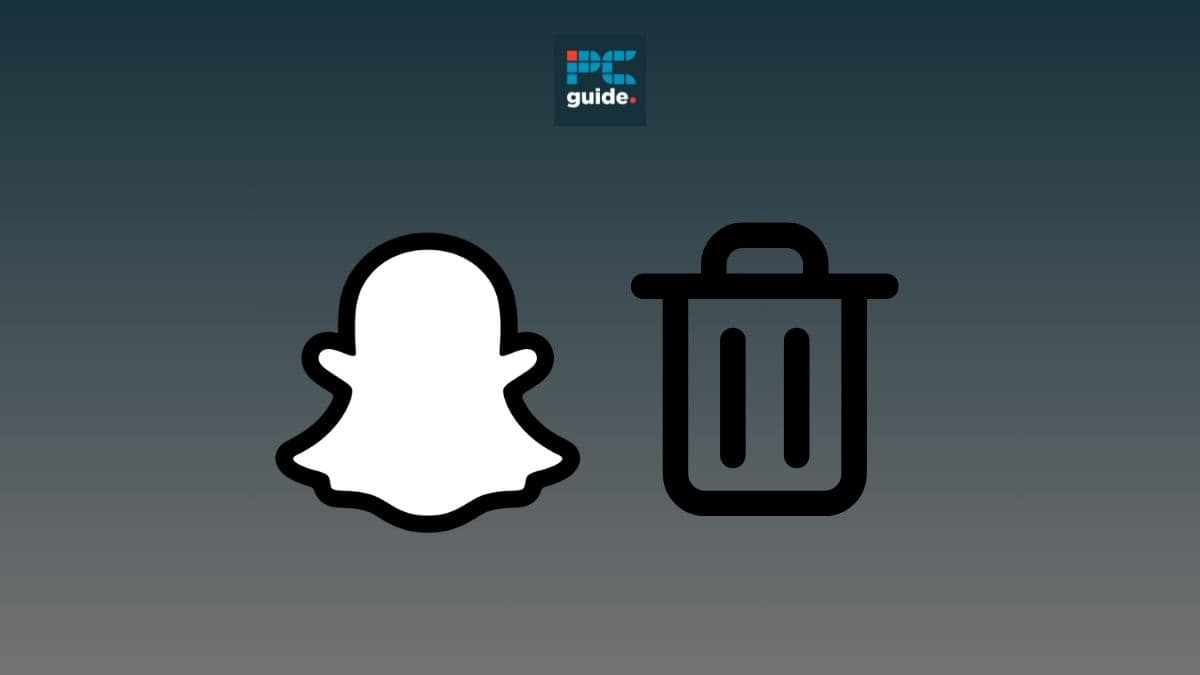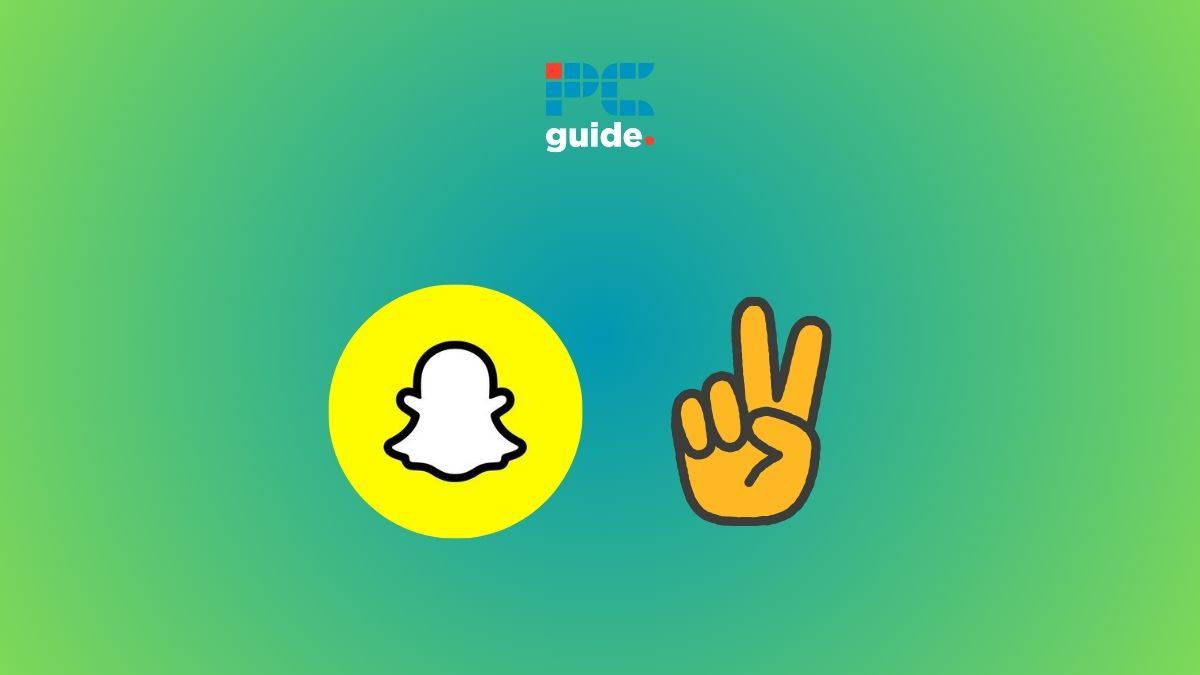In the age of social media, we come across new slang every day. Do you also search for the meaning of a new internet slang initialism every other day? If yes, we have made the search easier for you. With our blog series focusing on the internet slang people use these days, we are trying to make modern digital communication easier. In this read, we are discussing TL;DR.
What does TL;DR mean, and why is it important?
TL;DR stands for “Too Long; Didn’t Read,” a phrase that has become an essential part of the fast-paced world of online communication. This internet acronym is commonly used to summarize lengthy articles, social media posts, or text messages. It serves as a quick and efficient way to convey the main point of a long piece of content, catering to our increasingly short attention spans.
While you’ll often find TL;DR used on social media platforms, it’s also prevalent in forums and online chatting environments.
The semicolon in TLDR
The semicolon in TL;DR is not just a stylistic choice; it serves a purpose. In grammatical terms, a semicolon usually connects closely related ideas. Here, it links the concepts of something being “too long” and the action of not reading it, encapsulating the essence of the term.
How is TL;DR used?
In summary sections
Many online articles now include a TL;DR section at the beginning or end, providing a brief summary for those who don’t have the time to read the entire piece.
In online forums
In forums like Reddit, users typically add a TL;DR at the end of a long post to summarize the key points, making it easier for others to join the discussion without reading the whole text.
During online chatting
When texting or chatting online, TL;DR can be used to summarize a long story or explanation. This is especially useful in group chats where not everyone might be interested in the details.
For social media posts
On platforms like Twitter, where character limits can be restrictive, TL;DR serves as a way to provide additional context or clarification for a linked article or a threaded tweet.
TL;DR and its impact on our fast-paced digital lives
In a world where time is of the essence, TL;DR helps us sift through the overwhelming amount of information we encounter daily. It’s an interesting slang term that has evolved to meet the demands of our fast-paced lives, allowing us to engage in meaningful conversations without the need for lengthy explanations.
How to effectively use TL;DR in different contexts
TL;DR is a popular acronym that has found its way into various forms of digital communication, from social media posts to academic papers. While it’s mostly used in informal settings, it can also be strategically employed in more formal contexts, like an executive summary in a business report.
Here’s how you can use TL;DR to make your communication more effective.
Formal settings
Executive summary in business reports
In a business setting, you can use TL;DR as a modern-day executive summary at the beginning of a lengthy report. This will help your audience quickly grasp the main points before diving into the details.
Example:
TL;DR: This quarter’s sales report shows a 20% increase in revenue, largely due to our new marketing strategies.
Informal settings
Internet chatting and social media
In casual internet chatting or on social media platforms, TL;DR can be used to summarize long posts or conversations. This makes it easier for people to engage in interesting conversations without having to read through lengthy content.
Example:
I went on this amazing trip last weekend where I tried paragliding for the first time. It was exhilarating! TL;DR: Had an awesome weekend trying out paragliding.
At the end of a message for convenience
If you’ve already written a detailed message but want to provide a quick summary for those who might not have the time to read it all, you can add a TL;DR at the end.
Example:
We need to reschedule tomorrow’s client meeting due to unforeseen circumstances. TL;DR: Tomorrow’s meeting is canceled; we need to reschedule.
TL;DR as a tool for clarity
Useful examples for better understanding
TL;DR can serve as a tool to clarify complex or similar ideas, especially in academic or technical texts. By providing a TL;DR, you offer a snapshot that can help the reader decide whether they want to engage with the full content.
Example:
TL;DR: This study explores the effects of climate change on polar bear populations, revealing a significant decline in numbers due to melting ice caps.
By understanding the versatility of this popular term, you can use TL;DR effectively in both formal and informal settings to enhance your communication skills.
Wrapping up
Understanding what TL;DR means is just the first step in mastering this versatile online slang word. While it’s true that the abbreviation can sometimes seem rude or dismissive, when used thoughtfully, it serves as an effective tool for concise communication.
Whether you’re in a professional setting or casually chatting online, TL;DR offers a quick overview that can be invaluable in our fast-paced digital world.
When to use the slang?
The key to using TL;DR effectively lies in the context. In a professional setting, it can act as a modern-day executive summary, providing a quick overview of lengthy content.
On the other hand, in casual conversations or comments on the latest video, it serves to condense information, making it easier for people to engage.
The takeaway
So, the next time you find yourself overwhelmed by a wall of text or need to provide a quick summary, consider using TL;DR. It’s more than just internet jargon; it’s a useful tool for efficient communication in today’s digital age.
FAQs
Is using TL;DR rude?
Most people feel that using TL;DR is rude or indicates passive-aggressive behavior. But if you use it cautiously in formal and informal communication, keeping in mind the usage rules, it won’t make you look rude.
What else can I use in place of TL;DR?
If you don’t feel comfortable using TL;DR, you can use words like ultimately, in conclusion, summarize, and overall to express the gist of a lengthy text you didn’t read at all or just skimmed through.
How is TL;DR used in various contexts?
In casual settings like social media or text conversations, TL;DR is often used to summarize long posts or comments. In a professional setting, it’s less common, but can be used to provide an executive summary of lengthy content.
Are there any synonyms for TL;DR?
Yes, some synonyms include “In a nutshell,” “In summary,” and “In short.” However, these are not acronyms and are generally considered more formal.
Is TL;DR useful in text conversations?
Yes, TL;DR is very useful in text conversations, especially when you’re dealing with long messages. It helps to get the main point across quickly.

